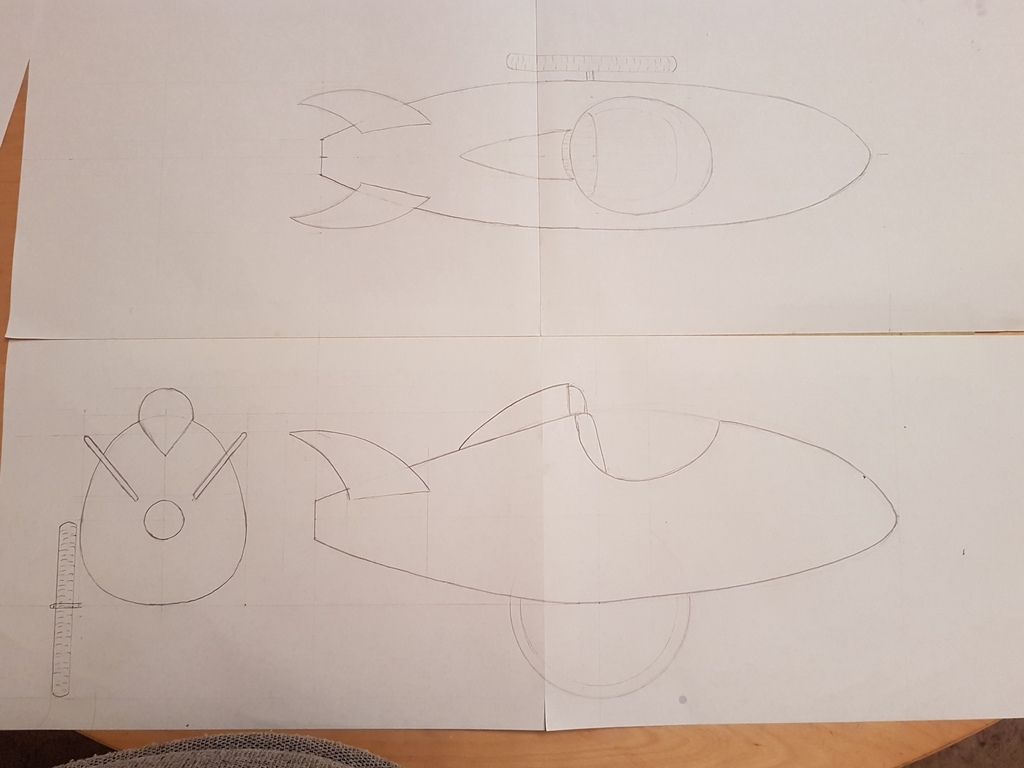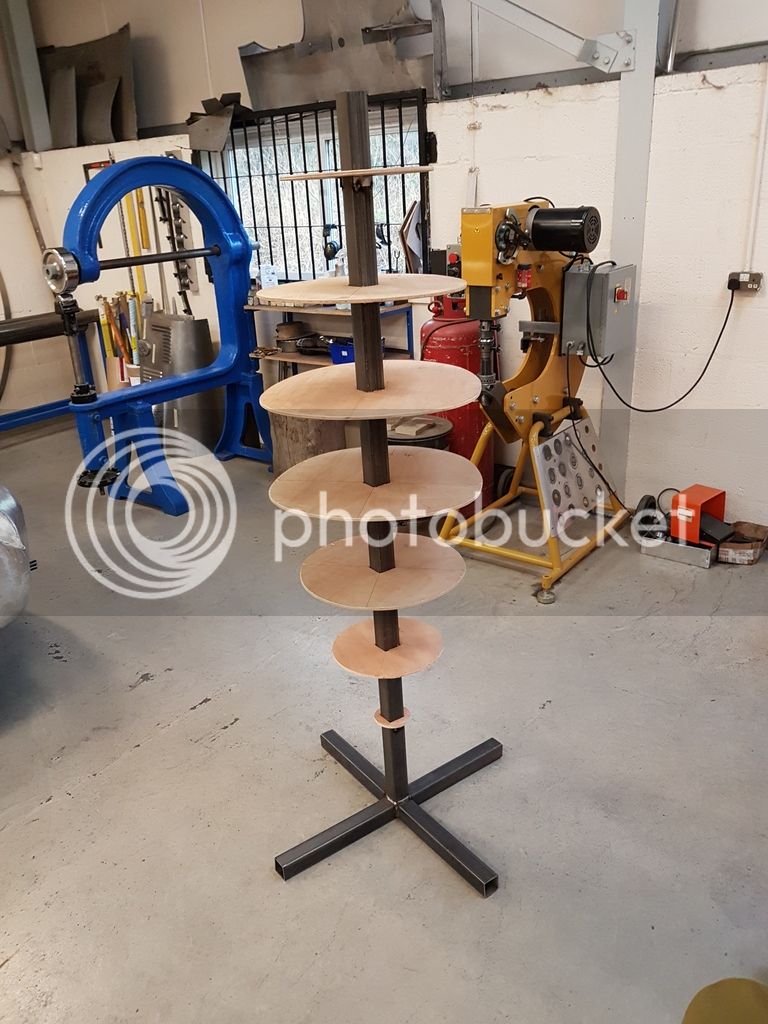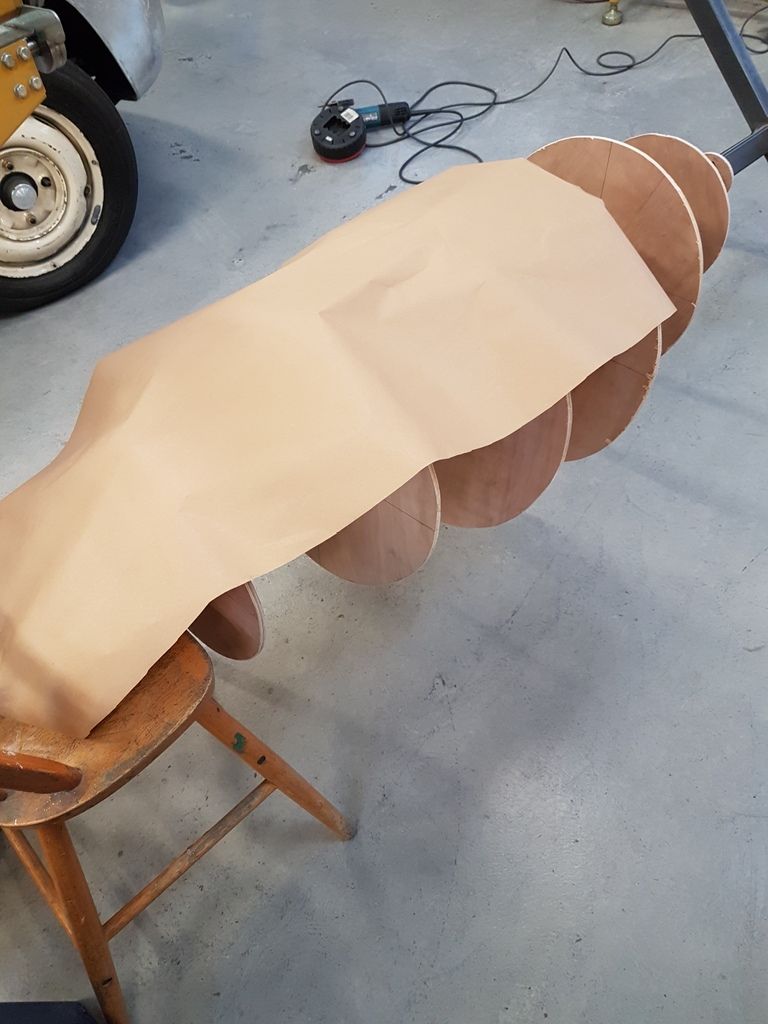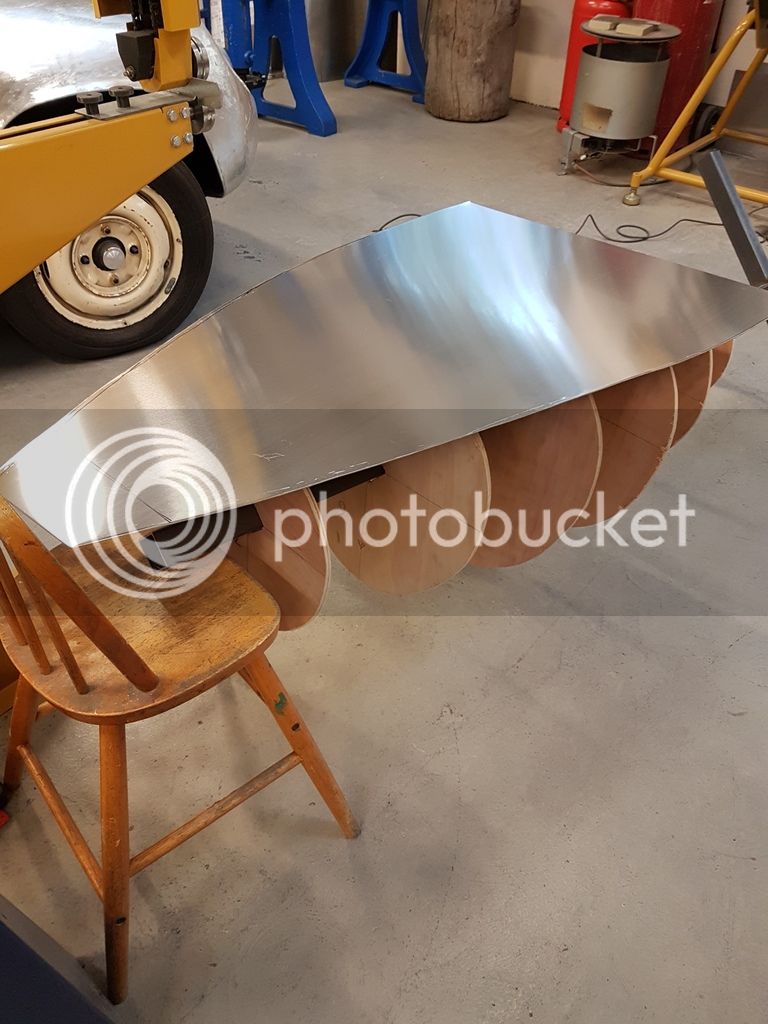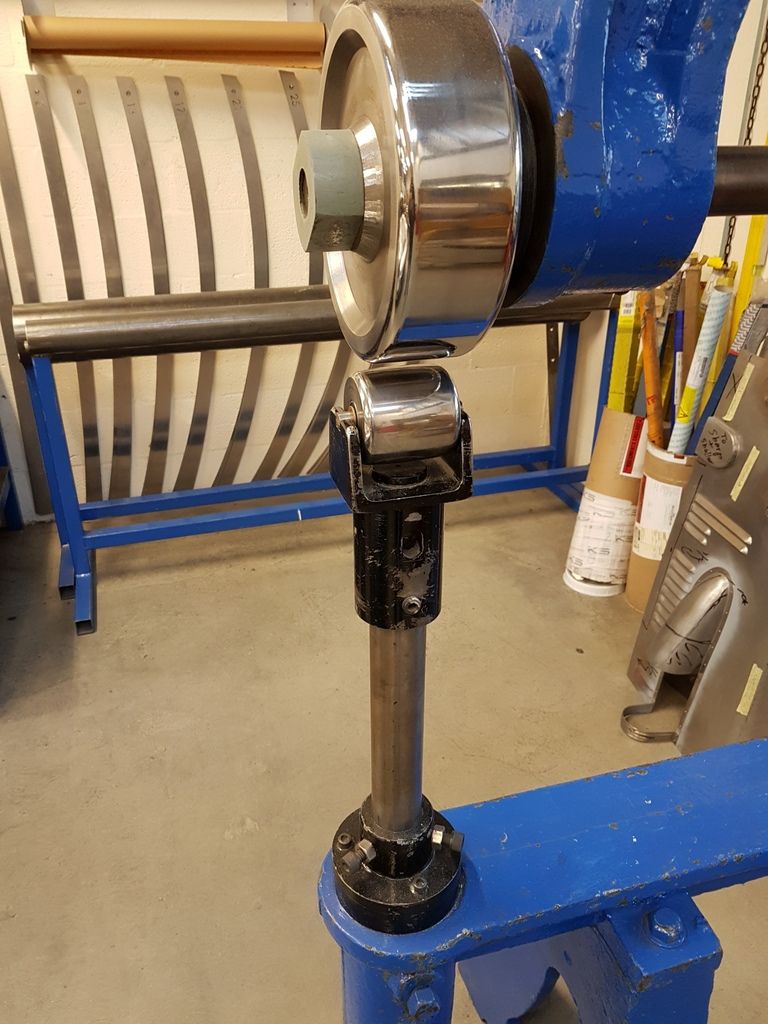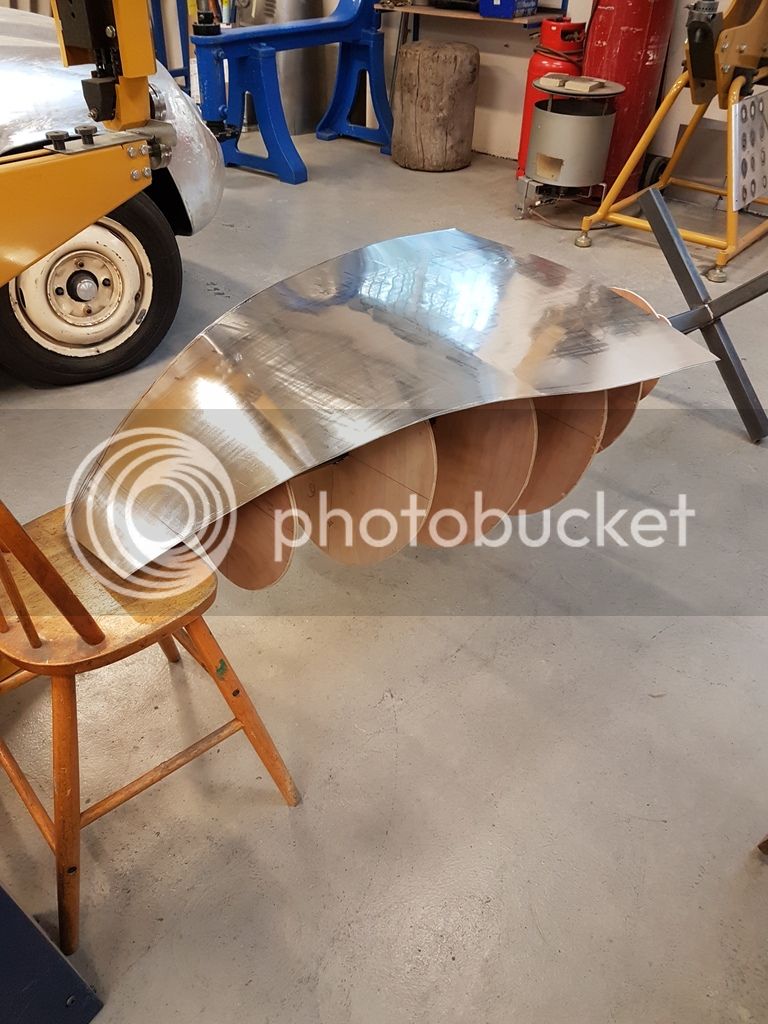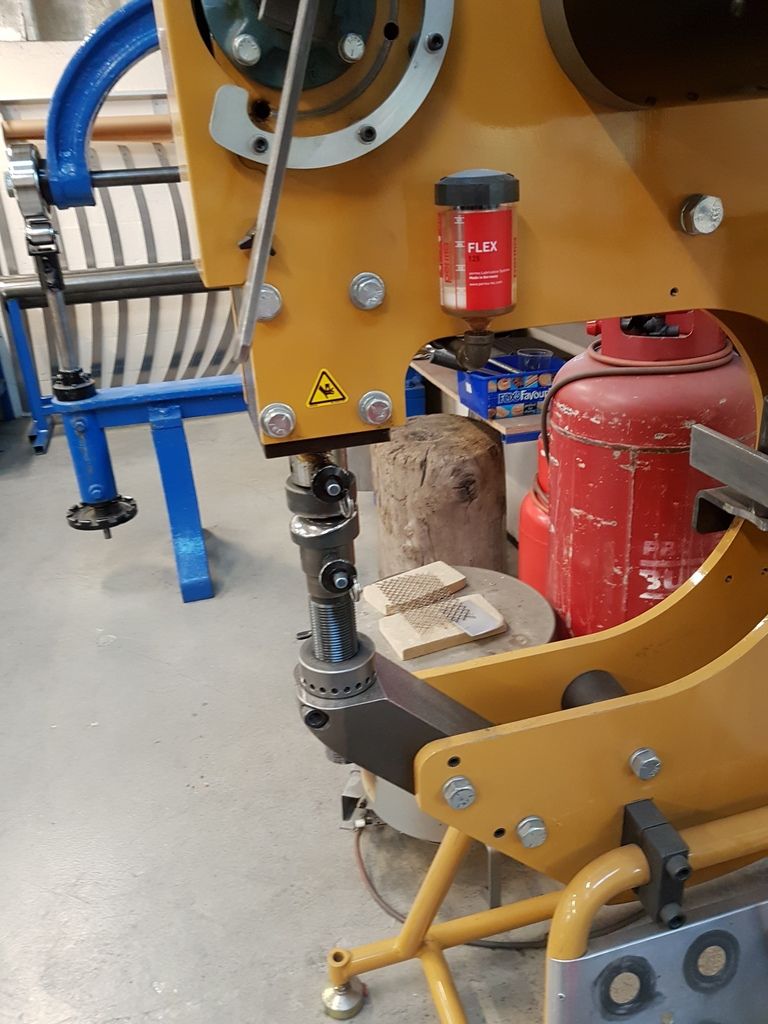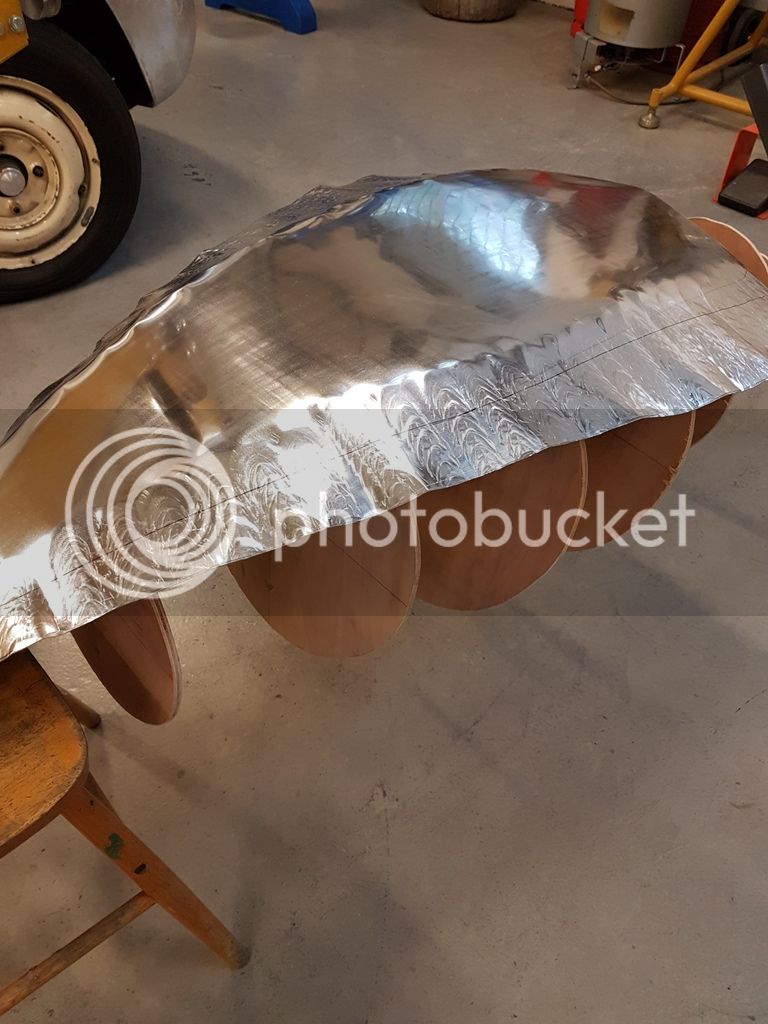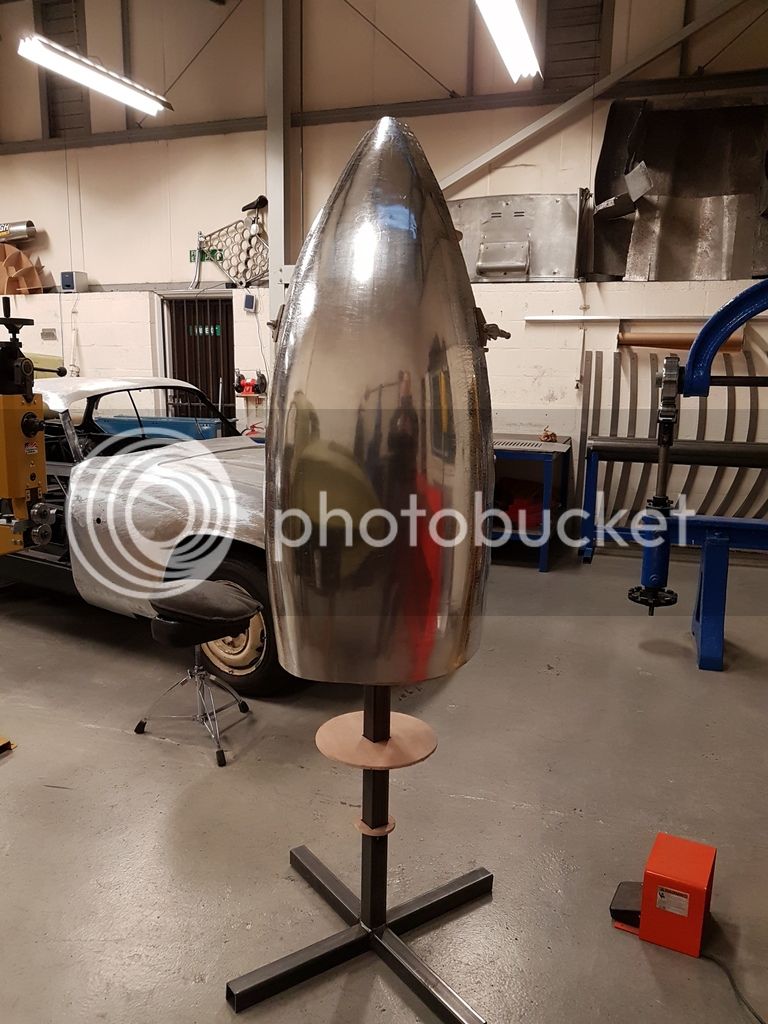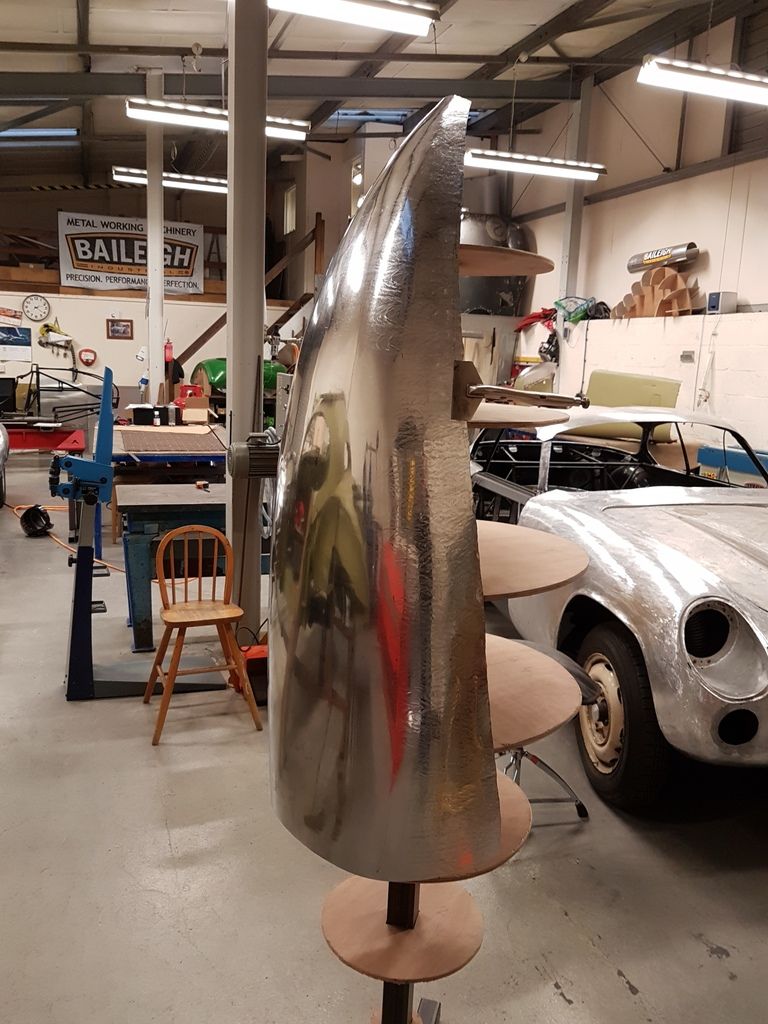- Joined
- Nov 2, 2016
- Messages
- 423
- Reaction score
- 2,107
Hi
Where to start!
OK, I am building a rocket inspired sidecar out of aluminium sheet. It will be mounted to a bicyle.
There. I've said it.
I'd like to take you along for the journey if that's ok with you.
I'm hoping to get it finished by next summer.
Where to start!
OK, I am building a rocket inspired sidecar out of aluminium sheet. It will be mounted to a bicyle.
There. I've said it.
I'd like to take you along for the journey if that's ok with you.
I'm hoping to get it finished by next summer.
Last edited:





